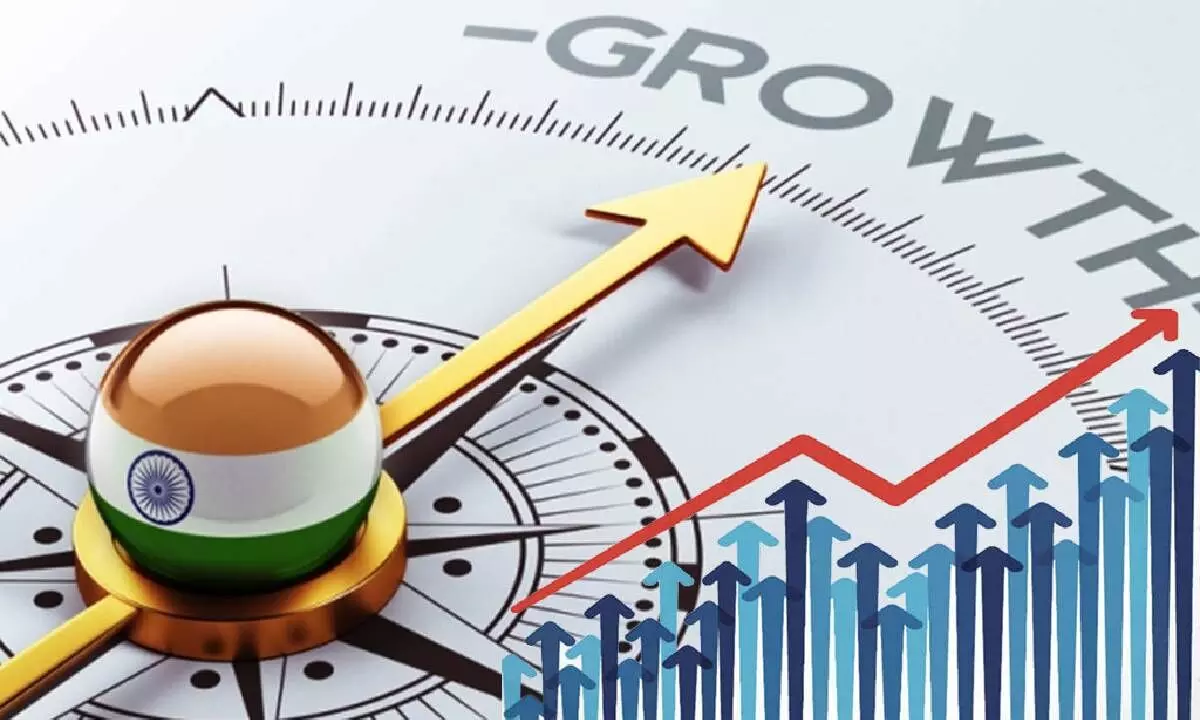Shedding ‘small is beautiful’ mindset is gradually paying off for India
image for illustrative purpose

India has not been able to realize the kind of industrial transformation that turned countries like China and South Korea into miracle economies, which built their manufacturing capabilities to effective levels. India’s economic growth was led by services unlike the Asian tigers.
In a significant development, there has been a change in the mindset from the Gandhian principles of ‘small is beautiful’ to actively incentivizing large-scale manufacturing capacities through production linked incentive (PLI) schemes, which not only attracted interest across 14 sectors, including automobiles, solar panels and advanced batteries, but also saw India becoming an exporter of mobile phones. Delhi is focusing on import substitution in manufacturing to reduce external dependence. As firms everywhere reconfigure supply chains to lessen their reliance on China, India has an opportunity to increase its manufacturing, helped by a $26 billion subsidy scheme. Emerging sectors like aerospace, semiconductors and renewables will create jobs for youth. “Make in India”, “Smart Cities” and “Digital India” are steps aimed at achieving the revised goals.
The Open Network for Digital Commerce (ONDC) in an attempt to deepen e-commerce penetration and foster innovation by start-ups with focus on small merchants and rural consumers. Each enhancement will boost the country’s infrastructure. India has backed the “tech stack” and direct welfare and persevered with the painful task of shrinking the informal economy. Financial reforms have made it easier to float young firms and bankrupt bad ones. In contrast, China continues to focus on transitioning its economy away from investment to consumption. It’s economy is slowing down, faced with a shrinking workforce, industrial overcapacity, a floundering property market, housing affordability debt and renewed Covid lockdowns. A serious downturn in the property market, a key engine of GDP growth, has eroded confidence in the economy. Real estate lies at the heart of an investment cycle. While investment to GDP ratio in India hovers at 30%, China’s has peaked at 45% and a big share of that is real estate investment. The real estate sector accounts for around 29% of GDP in China, more than double the ratio in India. According to IMF economist Yuanchen Yang, excessive supply is dragging down China’s heavily indebted property sector. The working age population in China is now shrinking, which will further erode the demand for housing over the coming years hurting its future growth.
The reverse holds true in India. After being in the doldrums for the past few years, India’s real estate sector is set to recover. As more of its population heads to the cities, the demand for housing will have a corresponding increase. India’s young work force stands to benefit from affordability at almost unprecedented levels in terms of mortgage payments relative to income growth that has declined to 28% in Q1 2022 from 53% in 2012.
House prices are 3.2 times the average income in India compared to 6.7 times in China. In fact, the five biggest cities in the world, with the lowest rental yields, are in China. Meanwhile, residential inventory levels have declined to a nine-year low of 24 months of sales for the top seven cities in India.

